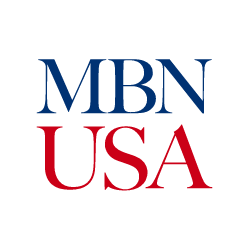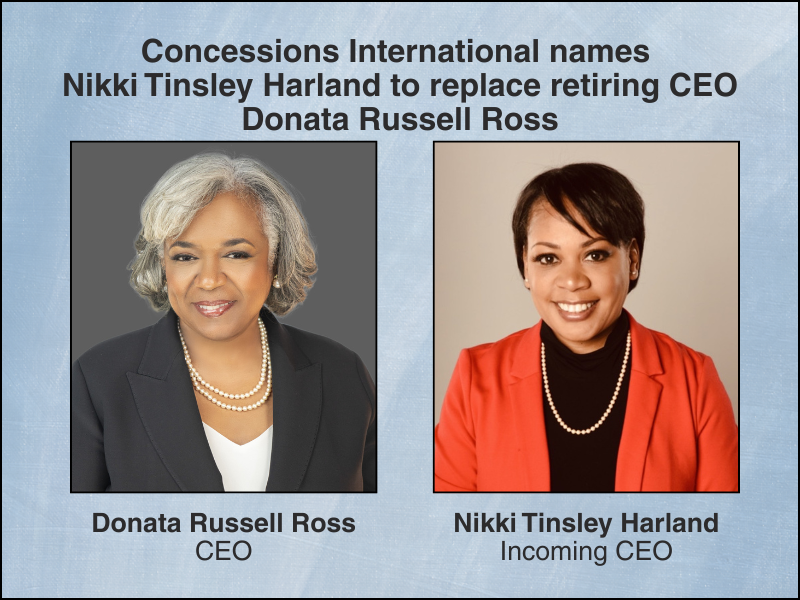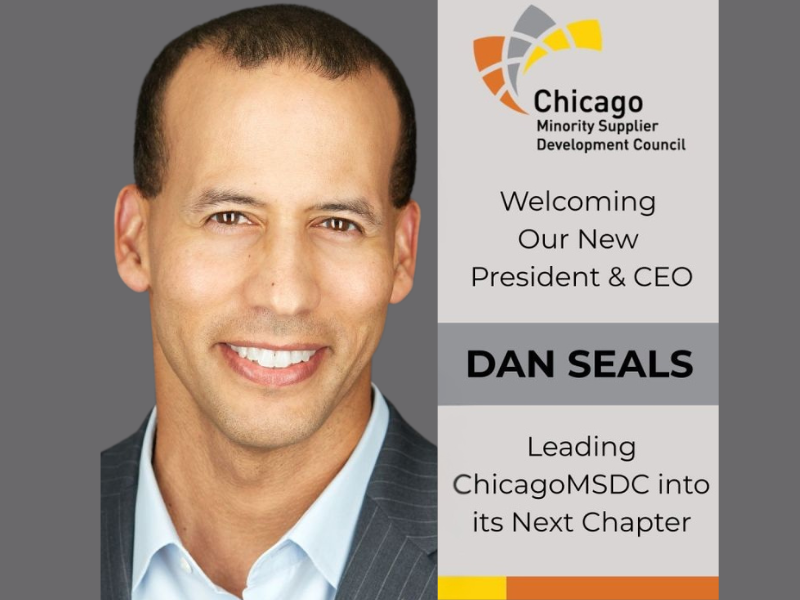Biden-Harris Administration changes to PPP increase equitable access to relief
Contact U.S. Small Business Administration at [email protected]
Early indications show program reforms and efforts to engage with communities authentically are working in meaningful ways.
Two weeks ago, the Biden-Harris Administration made several reforms to the Paycheck Protection Program (PPP) to further ensure small businesses get the help they need, especially Mom-and-Pop businesses in underserved communities.
Putting equity at the center of its policies and programs, the Biden-Harris Administration launched a comprehensive plan to engage small businesses and nonprofits, focusing on building trust in underserved communities.
The cornerstone of reforms included a 14-day exclusivity period (February 24-March 9) where only businesses and nonprofits with fewer than 20 employees could apply for relief through the PPP. This period was to give lenders time to focus on reaching out to the smallest of small businesses left behind in previous rounds.
Early indications show program reforms and efforts to engage with communities authentically are working in meaningful ways. As of March 7, a comparison of the daily average rate of loans made during the exclusivity period and daily average rate ten days before the exclusivity period show loans to:
Minority-owned businesses up by 20%, or an additional 1,000 businesses accessing relief each day
Women-owned businesses up by 14%, or an additional 600 businesses accessing relief each day
Small businesses in rural areas up by 12%, an additional 1,000 businesses accessing relief each day
In total, more than 400,000 small businesses and nonprofits with fewer than 20 employees were serviced during the exclusivity period as of March 7. Compared to the ten days preceding the exclusivity period, the reforms show that nearly 200,000 are first-time PPP borrowers – a 25% increase in daily approvals.
During the exclusivity period, the Administration and the U.S. Small Business Administration (SBA) focused on targeted community outreach in underserved communities to organize and participate in:
Black History Month webinars
Women’s History Month Instagram Live
Eight virtual SBA informational webinars about PPP changes whereby:
Over 73,000 people registered and 20,000 leaders from small business, community-based organizations, trusted advisors, and small business owners participated
Over 30 small business associations, community-based organizations, and other stakeholders joined together to educate their membership and audiences
Additionally, on March 5, the SBA implemented the rest of the changes the President made, including changing the formula for Schedule C filers, eliminating exclusionary restrictions on student loan debt and non-fraud felony convictions, and ensuring access for immigrant business owners. We are starting to see early momentum from those changes as well.
Nearly 30,000 small businesses had flags removed due to delinquent student loan debt, allowing them access to new PPP loans and forgiveness from the last round of PPP.
Tens of thousands of new applications have come in from sole proprietors, independent contractors, and self-employed individuals from over 2,000 PPP lenders
Quotes from SBA officials:
Patrick Kelley, Associate Administrator for SBA’s Office of Capital Access:
“Expanding equity and opportunity in the Paycheck Protection Program is a top priority for the Biden-Harris Administration. More than just providing access, the latest data represents a step in the right direction for our agency-wide mission to support the smallest of small businesses – Mom-and-Pop, women- and minority-owned businesses – which will strengthen our communities and help set America’s economy on the right path.”
Julie Verratti, Associate Administrator for SBA’s Office of Field Operations:
“Meeting small businesses wherever they are is critical to advancing our goal of equitably supporting underserved small business communities, especially women and minority-owned businesses. Our mission is to provide access to vital information that will help these risk takers take advantage of billions of dollars left in the Paycheck Protection Program. The SBA has been answering thousands of calls, emails, and running multiple webinars daily to reach as many people as possible. We will continue working with our small businesses no matter which zip code they are in, so they can get back to what they do best, which is grow our economy, build our communities, and create jobs."
The fact remains that – even with these important improvements to the Paycheck Protection Program’s design and implementation – too many small businesses will continue to close their doors without the additional, targeted support. That’s where the Administration’s American Rescue Plan will step in to play a near-term role with long-term benefits.
Please Login to Comment






